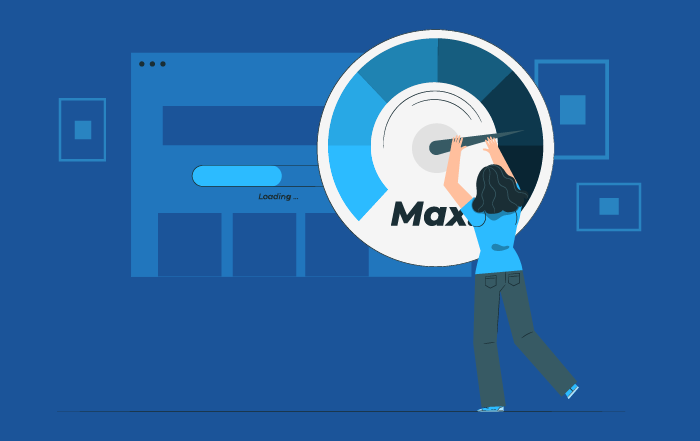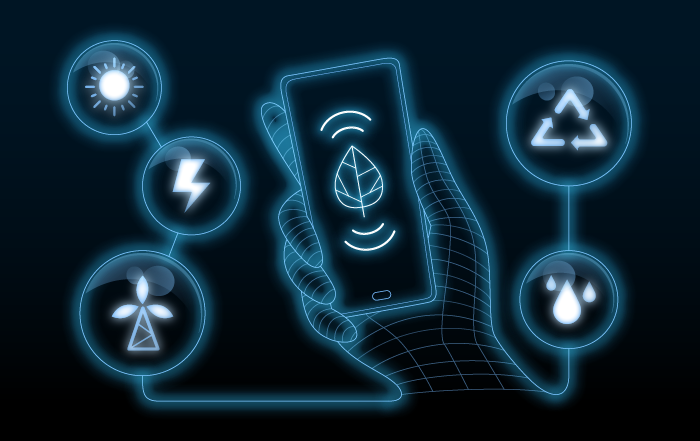SEO Tips for Service Providers
As technology advances every day, the digital world becomes more competitive. There are many different tactics used to stay ahead of your current...

As our reliance on data-intensive applications and services continues to grow, the importance of fiber optic connections becomes increasingly evident. From streaming high-definition content and seamless video conferencing to powering smart homes and businesses, fiber optics have become the backbone of modern communication. The significance of this optimization transcends convenience; it influences the very foundation of our interconnected world. For service providers, it ensures satisfied customers and competitive advantages, while for users, it translates into smoother online experiences, faster downloads, and more reliable connections.
In this blog, we embark on a journey into the realm of fiber optic technology, focusing on the end-users – the individuals and businesses that rely on these networks daily.
The ability to transmit data at the speed of light through hair-thin strands of glass or plastic has revolutionized the way we communicate, work, and entertain ourselves. Whether you’re a telecommunications service provider or an individual user, harnessing the full potential of fiber optic connections is paramount. Here are some important factors that can have an impact on your fiber optic performance:
1. Bandwidth and Speed Capabilities
Fiber optics offer incredible data-carrying capacity and can transmit data at nearly the speed of light. To maximize their potential, users should subscribe to plans that align with their data needs and ensure their service provider delivers the promised speeds. This includes considering factors like upstream and downstream speeds, as well as the use of symmetrical connections for applications like video conferencing or uploading large files.
2. Environmental Factors That Can Impact Performance
Signal loss due to attenuation over long distances is a common challenge, particularly for service providers covering extensive networks. Additionally, interference from nearby electronic devices and physical obstructions like walls or trees can degrade signals. Users should take measures to minimize these issues by ensuring their fiber optic cables have minimal bends and avoid exposing them to extreme temperatures or moisture.
3. The Role of User Equipment in Determining Performance
Having an outdated modem or router can bottleneck the connection, limiting the speed and efficiency you experience. Users should invest in modern, fiber-compatible equipment, and ensure that their devices, including computers and smartphones, are equipped to handle high-speed fiber connections. Regular equipment maintenance, such as firmware updates and checking for hardware compatibility, can further optimize performance.
Ensuring the best possible performance from your fiber optic connection goes beyond the infrastructure itself. It also involves adopting best practices to maintain a seamless experience:
1. Network Security
Safeguarding your fiber optic network is paramount. Secure your Wi-Fi network with strong, unique passwords and enable encryption protocols like WPA3. Regularly update your router’s firmware to patch security vulnerabilities. Protecting against malware and cyber threats with up-to-date antivirus software and firewalls is essential to prevent network congestion and maintain optimal performance.
2. Regular Speed Testing
Periodically conducting speed tests can provide valuable insights into your connection’s performance. Numerous online tools are available to measure your download and upload speeds. Consistently running these tests allows you to identify any deviations from your expected speeds and alert your service provider if necessary. Monitoring your connection helps ensure you’re getting what you’re paying for.
3. Troubleshooting Common Fiber Optic Performance Issues
Troubleshooting issues may involve tasks like adjusting router settings, rebooting equipment, or relocating Wi-Fi routers to minimize interference. Being proactive in addressing these problems can prevent them from becoming chronic and negatively impacting your experience.
4. Regular Equipment Maintenance.
Just like any other technology, fiber optic equipment needs regular maintenance. Check your equipment, such as modems and routers, for firmware updates and apply them promptly. Inspect and clean fiber connectors regularly to prevent dust or dirt buildup, which can degrade signal quality.
Advancements such as multi-core fibers, which can transmit data on multiple channels within a single strand, and increased data transmission speeds are on the horizon. Moreover, developments in fiber optic sensing technology are paving the way for applications beyond telecommunications.
These innovations hold the promise of even faster and more reliable internet connections for users. Multi-core fibers, for instance, can substantially increase the capacity of networks, allowing for smoother and more responsive online experiences. Fiber optic sensors offer the potential for enhanced infrastructure monitoring, leading to quicker issue resolution and improved network reliability.
By staying informed about these upcoming advancements, users can anticipate exciting changes in the world of fiber optics and prepare to take full advantage of the improved user experiences they will bring!

As technology advances every day, the digital world becomes more competitive. There are many different tactics used to stay ahead of your current...

In today’s rapidly evolving world, the mounting concern about environmental impact has ignited a pressing need for innovative and sustainable...

In the fast-paced realm of the service industry, where seamless communication and data exchange are at the heart of operations, the role of...